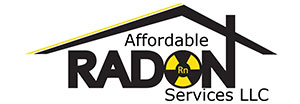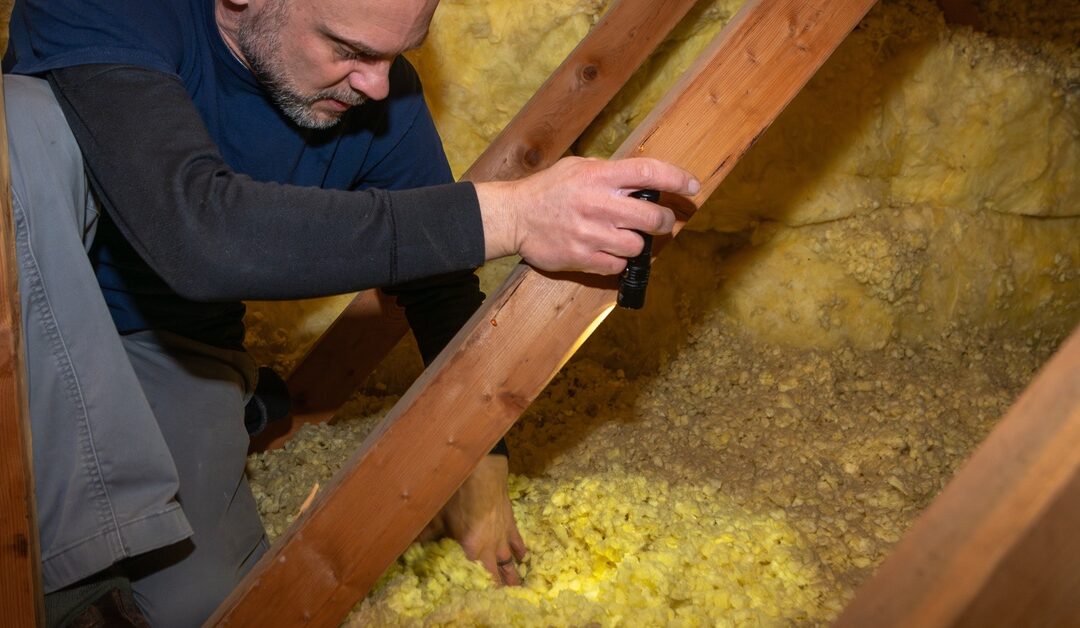Most homeowners never think about their crawl space until problems arise. Yet this hidden area beneath your home plays a crucial role in your energy bills and indoor comfort. An inefficient crawl space forces your HVAC system to work harder, drives up utility costs, and creates moisture problems that threaten your family’s health.
Understanding these five ways to make your crawl space more energy efficient transforms your home into a more comfortable, cost-effective living environment. These proven strategies address the root causes of energy waste while protecting your property investment.
Why Crawl Space Efficiency Matters
Your crawl space directly impacts your home’s energy performance. Air leaks, moisture intrusion, and poor insulation create a domino effect of problems. Heat escapes through unsealed gaps during winter months. Cool air disappears through these same openings during summer. Meanwhile, moisture breeds mold and degrades insulation materials, reducing their effectiveness over time.
Poor crawl space conditions also affect indoor air quality. Studies show that up to 50 percent of your home’s air originates from the crawl space, making efficiency improvements essential for your family’s wellbeing.
Seal Air Leaks
Foundation cracks, rim joists, and penetrations around pipes create pathways for conditioned air to escape. Professional sealing eliminates these energy-wasting gaps using specialized caulks and expanding foams. This simple step reduces heating and cooling loads immediately.
Proper air sealing requires attention to detail. Contractors identify every potential leak point, including areas where the foundation meets the wooden structure above. Thorough sealing work prevents drafts and creates a more stable indoor environment.
Install a Vapor Barrier
Ground moisture constantly evaporates upward from soil beneath your home. A high-quality radon mitigation vapor barrier blocks this moisture while supporting energy efficiency goals. The barrier prevents ground humidity from saturating insulation materials and reduces the workload on dehumidification systems.
Professional-grade vapor barriers resist tears and punctures better than thin plastic sheeting. They create an effective moisture seal that maintains insulation performance for decades.
Insulate Crawl Space Walls and Floor
Strategic insulation placement dramatically improves temperature stability throughout your home. Rigid foam boards work exceptionally well on foundation walls, while spray foam seals irregular surfaces completely. Proper insulation reduces HVAC runtime and eliminates uncomfortable temperature swings.
The key lies in choosing appropriate materials for your climate zone. Professional installers select insulation types that resist moisture damage while delivering maximum thermal performance.
Control Moisture and Drainage
Excessive moisture undermines every other efficiency improvement. French drains, sump pumps, and proper grading direct water away from your foundation. Dry crawl spaces retain heat more effectively and support healthier indoor air quality.
Moisture control systems prevent structural damage that leads to costly repairs. They protect your insulation investment while maintaining optimal energy performance year-round.
Consider Radon Mitigation Integration
Radon gas poses serious health risks that many homeowners overlook. Professional mitigation systems often involve sealing techniques that complement energy efficiency improvements. Combining these services maximizes your investment while addressing multiple concerns simultaneously.
Integrated approaches save money compared to separate projects. They ensure comprehensive crawl space improvements that protect both your family’s health and your energy budget.
Transform Your Home’s Foundation
Implementing these five ways to make your crawl space more energy efficient delivers immediate comfort improvements and long-term savings. Professional contractors possess the expertise and equipment necessary for lasting results. Schedule your crawl space evaluation before extreme weather tests your home’s efficiency limits.


Recent Comments